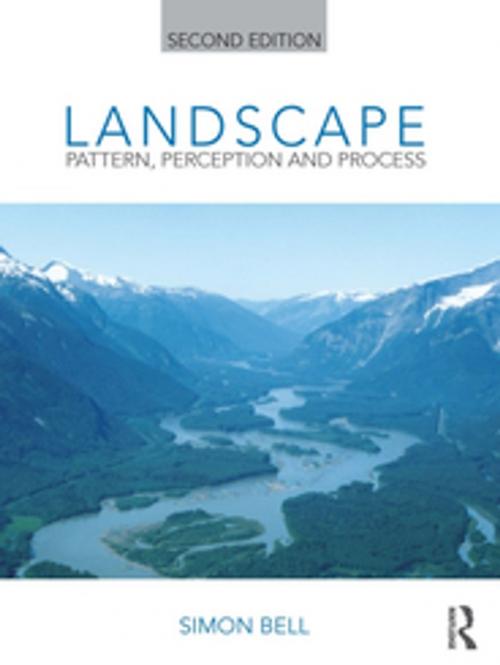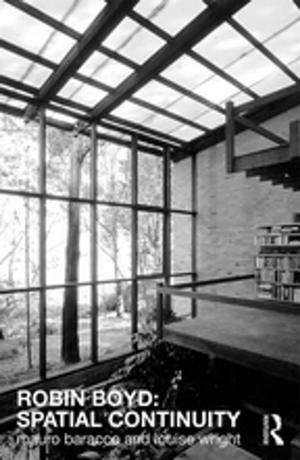| Author: | Simon Bell | ISBN: | 9781136318900 |
| Publisher: | Taylor and Francis | Publication: | November 27, 2012 |
| Imprint: | Routledge | Language: | English |
| Author: | Simon Bell |
| ISBN: | 9781136318900 |
| Publisher: | Taylor and Francis |
| Publication: | November 27, 2012 |
| Imprint: | Routledge |
| Language: | English |
Landscapes develop and evolve through an interacting series of processes – climatic, geological, ecological and cultural – over varying periods of time. These processes shape the structure and character of the landscapes which we experience. Over time, distinctive patterns emerge – ranging in scale from the distribution of small plants to the sculptured sides of a huge canyon. Our perception of these patterns goes beyond just their visual appreciation – beautiful though they may be – into a richer understanding of how we experience our environment.
By understanding this complex pattern–process interaction we can obtain a deeper awareness of landscape and our place in it – as inhabitants and as shapers. The book explores the nature of patterns and ways of classifying them before studying the nature of perception (primarily visual but including other senses), then proceeds to relate this perception to aesthetics and from there to the design process. From this point the main driving processes in landscape are introduced alongside the resulting patterns, these being climatic, landform, ecosystem and cultural aspects.
It is this integrative approach of looking at landscape as a kind of self-organising system, overlaid by conscious human planning activities and the unity of pattern and process, which makes this book unique. Landscape draws from a wide range of neighbouring disciplines, of which the landscape planner or designer needs to be aware, but which are often taught as distinct elements. Bell binds these fundamentals together, which enables the landscape to be ‘read’, and this reading to be used as the basis for planning and design.
This second edition updates and refreshes the original material with added sections and new photos, particularly making use of the developments in satellite photography. Featuring full colour throughout, this textbook is ideal for anyone studying landscape architecture or any of the disciplines which intersect with the landscape, and which affect it.
Landscapes develop and evolve through an interacting series of processes – climatic, geological, ecological and cultural – over varying periods of time. These processes shape the structure and character of the landscapes which we experience. Over time, distinctive patterns emerge – ranging in scale from the distribution of small plants to the sculptured sides of a huge canyon. Our perception of these patterns goes beyond just their visual appreciation – beautiful though they may be – into a richer understanding of how we experience our environment.
By understanding this complex pattern–process interaction we can obtain a deeper awareness of landscape and our place in it – as inhabitants and as shapers. The book explores the nature of patterns and ways of classifying them before studying the nature of perception (primarily visual but including other senses), then proceeds to relate this perception to aesthetics and from there to the design process. From this point the main driving processes in landscape are introduced alongside the resulting patterns, these being climatic, landform, ecosystem and cultural aspects.
It is this integrative approach of looking at landscape as a kind of self-organising system, overlaid by conscious human planning activities and the unity of pattern and process, which makes this book unique. Landscape draws from a wide range of neighbouring disciplines, of which the landscape planner or designer needs to be aware, but which are often taught as distinct elements. Bell binds these fundamentals together, which enables the landscape to be ‘read’, and this reading to be used as the basis for planning and design.
This second edition updates and refreshes the original material with added sections and new photos, particularly making use of the developments in satellite photography. Featuring full colour throughout, this textbook is ideal for anyone studying landscape architecture or any of the disciplines which intersect with the landscape, and which affect it.















